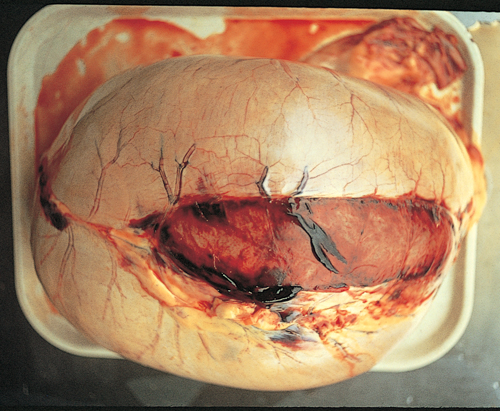Difference between revisions of "Equine Internal Medicine Q&A 01"
Ggaitskell (talk | contribs) |
|||
| Line 8: | Line 8: | ||
<br /> | <br /> | ||
| − | + | <center> | |
<FlashCard questions="2"> | <FlashCard questions="2"> | ||
|q1=How can gastric rupture occur? | |q1=How can gastric rupture occur? | ||
| Line 28: | Line 28: | ||
|l2=Gastric Dilation and Rupture - Horse#Clinical signs | |l2=Gastric Dilation and Rupture - Horse#Clinical signs | ||
</FlashCard> | </FlashCard> | ||
| − | + | </center> | |
{{#tag:imagemap|Image:Next Question.png{{!}}center{{!}}200px | {{#tag:imagemap|Image:Next Question.png{{!}}center{{!}}200px | ||
rect 0 0 860 850 [[Equine Internal Medicine Q&A 02|Next question]] | rect 0 0 860 850 [[Equine Internal Medicine Q&A 02|Next question]] | ||
desc none}} | desc none}} | ||
[[Category:Equine Internal Medicine Q&A]] | [[Category:Equine Internal Medicine Q&A]] | ||
Latest revision as of 15:30, 7 January 2012
| This question was provided by Manson Publishing as part of the OVAL Project. See more Equine Internal Medicine questions |
This stomach lesion in the image was found in a four-year-old horse which was killed because of an orthopaedic problem. It shows a classic rupture of the stomach wall along the greater curvature. The haemorrhage along the rupture line can help to distinguish this ante-mortem rupture from the equally common post-mortem rupture. This seromuscular rupture had occurred without an associated rupture of the mucosa.
| Question | Answer | Article | |
| How can gastric rupture occur? | Gastric rupture can occur as a result of overeating, especially readily fermentable foodstuffs such as grain, grass and foodpulp.
|
Link to Article | |
| What are the clinical signs associated with a complete rupture of the stomach wall? | Signs of gastric rupture are usually preceded by severe pain, increased heart rate, distended abdomen and sometimes retching. Cyanosis may be present. |
Link to Article | |
